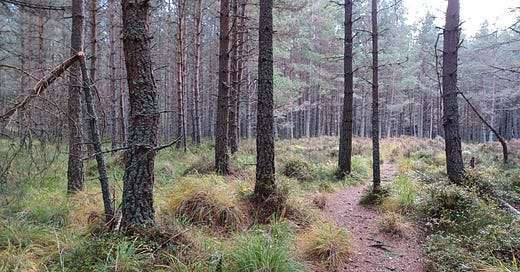Deciduous grass species, often overshadowed by their evergreen cousins, play a crucial and intriguing role in various ecosystems. Unlike evergreen grasses that retain their greenery throughout the year, deciduous grasses have a distinct lifecycle, shedding their foliage during certain seasons, typically in response to colder temperatures or dry periods.
The Role of Deciduous Grasses in Ecosystems
Deciduous grasses contribute significantly to the biodiversity and functioning of ecosystems. They often act as primary producers in many habitats, forming the base of the food web. During their growth phase, these grasses absorb carbon dioxide, release oxygen, and contribute to soil health through their root systems. When they shed leaves, they enrich the soil with organic matter, aiding in nutrient cycling.
Another notable aspect is their role in fire ecologies. In regions where seasonal fires are common, such as the savannas, deciduous grasses dry out and become highly flammable, playing a critical role in these fire-driven systems. Post-fire, these grasses are often the first to regenerate, thus supporting the recovery of the entire ecosystem.
Evolutionary Perspective
Deciduous grasses are thought to have evolved millions of years ago, adapting to a range of climates and conditions. The exact timeline of their emergence is a subject of ongoing research, but it's believed that they began diversifying significantly during the Cenozoic era, as the Earth's climate became cooler and drier in many regions. This shift in climate conditions likely spurred the evolution of deciduous traits as a survival strategy in varying environmental conditions.
Purple Moor Grass: A Case Study
One notable species of deciduous grass is the Purple Moor Grass (Molinia caerulea), known for its striking appearance and ecological importance. It predominantly grows in damp, acidic soils, often found in moorlands, heathlands, and woodlands. Purple Moor Grass is native to Europe and parts of Asia, thriving in temperate climates. It is the only desciduous grass growing in the Scottish Highlands today, and can be found in areas like the Cairngorm National Park.
In the context of understanding the ecological dynamics of deciduous grass species like Purple Moor Grass, the collaborative efforts of Jenny Grant, a High Life Highland ranger, and Gavin Skipper, a National Trust for Scotland ranger, during a Wildfire Awareness Week become particularly significant. By engaging with students on the causes and effects of wildfires, they not only raise awareness about a critical issue impacting ecosystems but also highlight the role of grasses like Purple Moor Grass in such events. Their initiative in developing a design brief for educational posters further empowered our local communities, especially the younger generation, to recognize and respond to wildfire risks. This educational approach complements the ecological understanding of grass species, linking those practical conservation efforts with the broader environmental education we deliver in our schools.
Despite the wildfire risks - this grass is particularly important in moorland ecosystems. It provides habitat and food for a variety of wildlife, including birds and insects. Moreover, it plays a role in water regulation and peat formation, contributing to the unique hydrology of moorland habitats. Its presence indicates the health of these ecosystems, as changes in its growth patterns can signify ecological shifts or imbalances. So it’s certainly a species for us to keep an eye on, as our climate becomes more unpredictable.
Deciduous grass species, with their unique life cycles and adaptive traits, are vital components of many ecosystems on this planet. They not only support biodiversity but also contribute to important ecological processes like nutrient cycling and fire regimes. Understanding these grasses, including species like Purple Moor Grass, is crucial for conservation efforts and for maintaining the health and resilience of the ecosystems they inhabit





